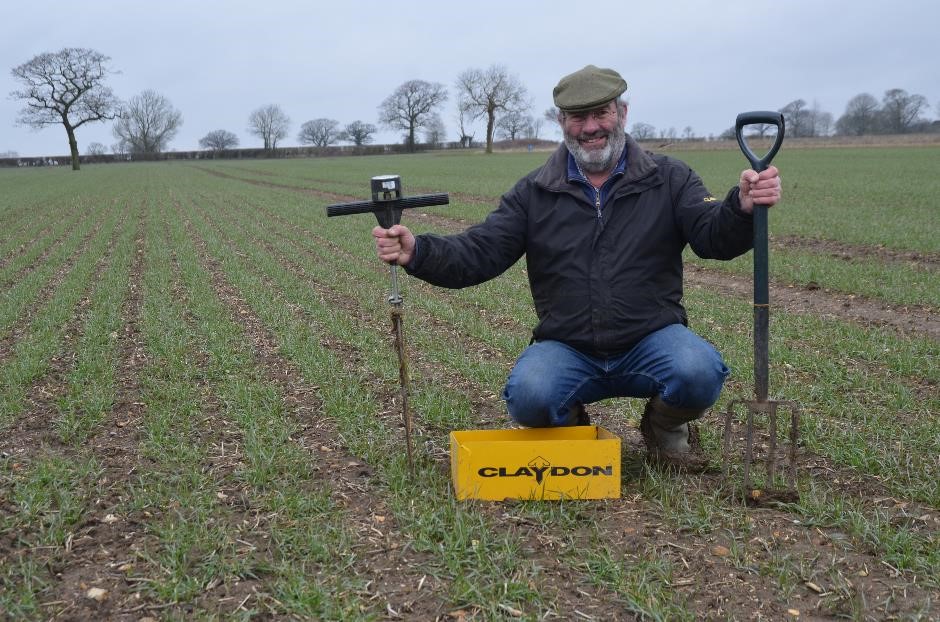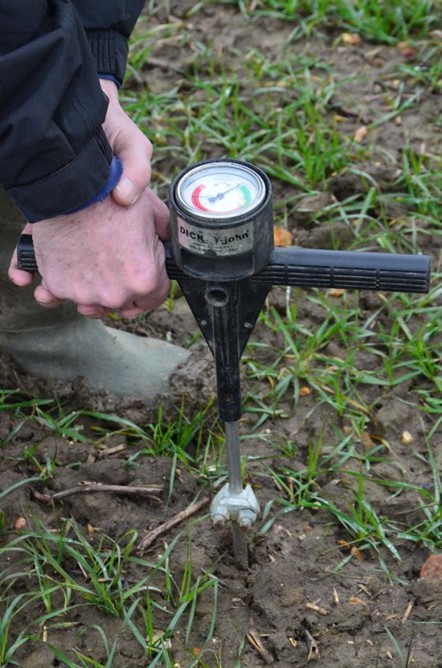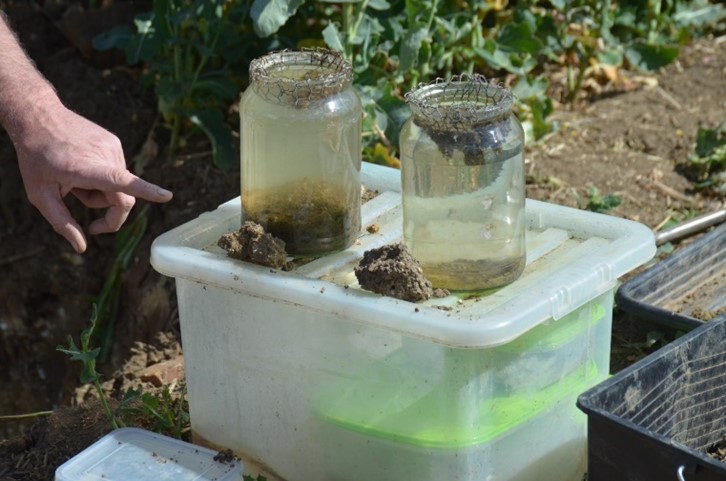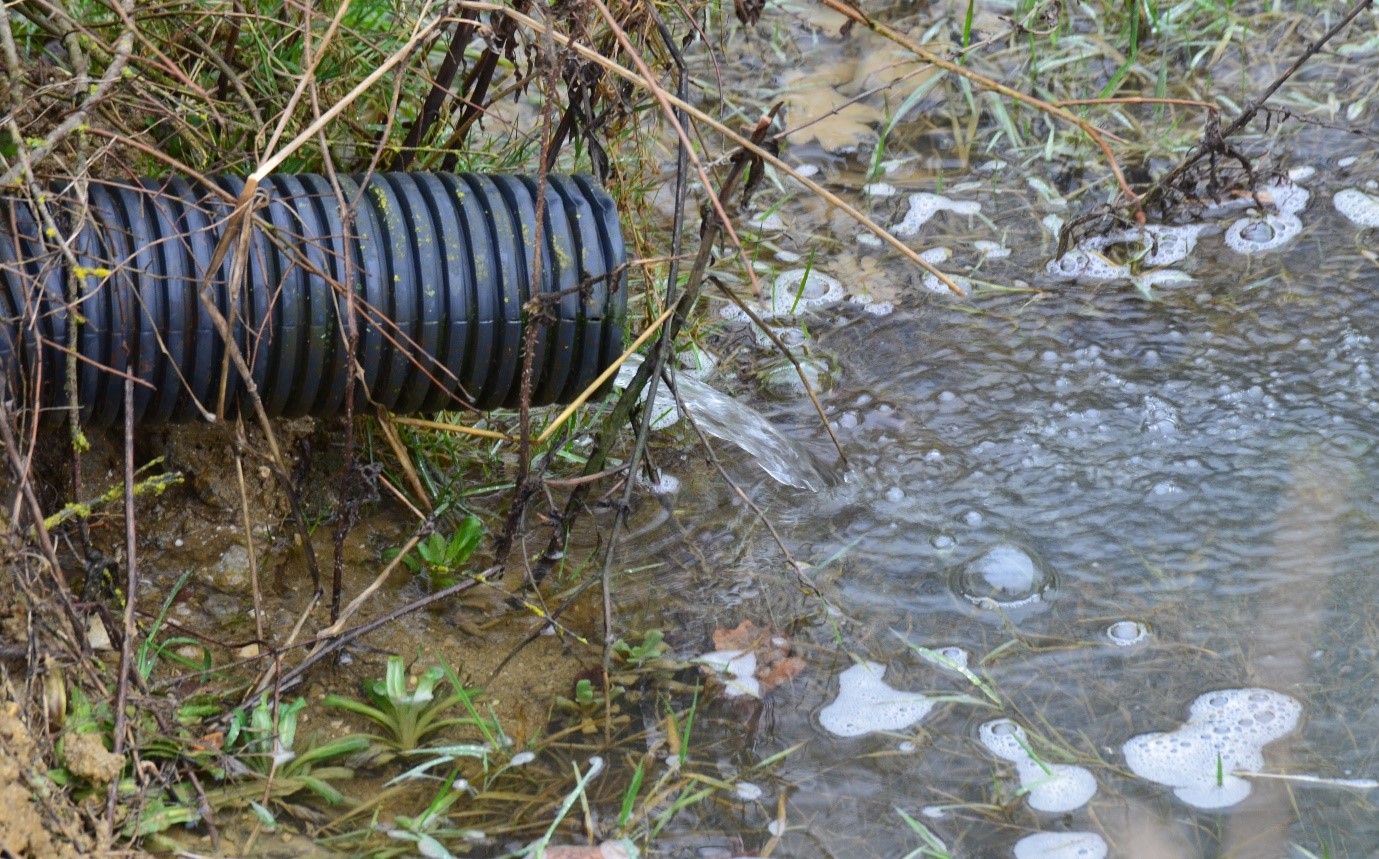

Following another extremely wet winter Jeff Claydon talks about the importance of good soil structure and drainage.
Following the extremes of weather and associated challenges which most farmers had to deal with during 2019/20, one might have hoped that the law of averages would mean that this season was easier. So far at least, that has not been the case. With such extremes becoming increasingly frequent, we must position ourselves to deal with them by ensuring that our soils are in optimum condition and that our establishment systems are able to reduce our exposure to weather risk.
Statistically, Suffolk is one of the driest counties in the UK, but even here, after a scorching summer when temperatures peaked at 36°C, we still ended 2020 with 700mm of rain. Of that, over 400mm fell between harvest and the end of December, which has been a challenge on our very heavy Hanslope series chalky boulder clay soils that are notoriously difficult to manage. When wet, they can become impossibly sticky, unfriendly, and slow to drain, but when dry set like concrete. At either extreme they are impossible to work, so all field operations must be carried out within a very narrow time window and when conditions are exactly right.
Until mid-October, our soils remained dry enough to absorb the persistent and often heavy rainfall, but the wet weather continued throughout the autumn and winter. Our weather station next to the Claydon offices recorded another 146mm during January and 46mm in the first two weeks of February, making this one of the wettest winters on record.
TIME TO CHECK SOILS
Extremes of weather such as we have experienced during the last two seasons highlight the importance of having resilient soils with excellent structure, supported by an effective drainage system to take water away. Spring is the ideal time to take stock of your soils, test how good they are, look for signs of compaction, and check that the drainage system is operating correctly. This can be done easily and cheaply using nothing more complicated than a fork, penetrometer, water infiltration tray and a couple of jam jars if you really feel like pushing the boat out to do a Slake Test! With this information you can then plan to correct any deficiencies.

When assessing soil condition, the first thing I do is to carry out several penetrometer tests across the field to check there are no soil pans, as these will severely limit drainage and root development. If they are present, the probe becomes much more difficult to push into the ground and the indicator needle swings into the red. Pans are not caused solely by compaction from heavy machinery or working when conditions are unfavourable but can result from the sedimentation of soils that have been over-cultivated and ‘settled out’ over the winter.
This can be demonstrated with the Slake Test, which provides an excellent indication of a soil’s resilience and health, is easy to do and costs nothing. Briefly, it assesses the stability of soil aggregates when exposed to rapid wetting, as in the case of heavy or prolonged rainfall. The slower the soil breaks up the better as this indicates that it contains a high degree of organic matter which helps to bind it together. You can see this test being carried out on the Claydon farm by Dick Neale, Technical Manager for Hutchinsons, in this short video.

GOOD DRAINAGE IS ESSENTIAL
Drainage is an area of soil management that is fundamental to good soil structure. The key is to ensure that drains are adequate to cope with the highest flows and well maintained so they don’t become blocked or have their capacity reduced and become overwhelmed during periods of heavy, prolonged rain. Effective drainage helps soils to dry out and improves timeliness. It also makes them easier to manage, enables fertilisers and ag-chems to work most efficiently and minimises leaching, not forgetting that it also typically leads to yield improvements of 25%-30%. Recent studies have confirmed that new land drainage systems on average can start to pay for themselves after eight years.

If, after heavy rainfall, the water flowing from field drains is dirty this indicates that it is full of sediment, so your valuable soils are literally going down the drain, increasing the risks of soil erosion and flooding. This sediment will also block worm holes and capillaries, killing worms, starving the crop’s roots of essential air and nutrients, reducing yield potential, and ultimately increasing the cost-per-tonne of production.
Well drained land has a sponge effect where the water is gently filtered through the soil and released steadily, Waterlogged soil washes off the top and erodes into ditches and water courses. Healthy soil copes better with high rainfall due to the increased presence of soil biota, and our high organic scores on the farm have certainly proved their worth in recent weeks.


